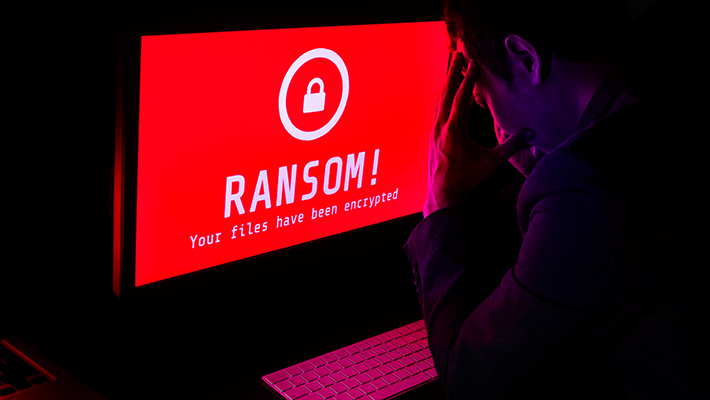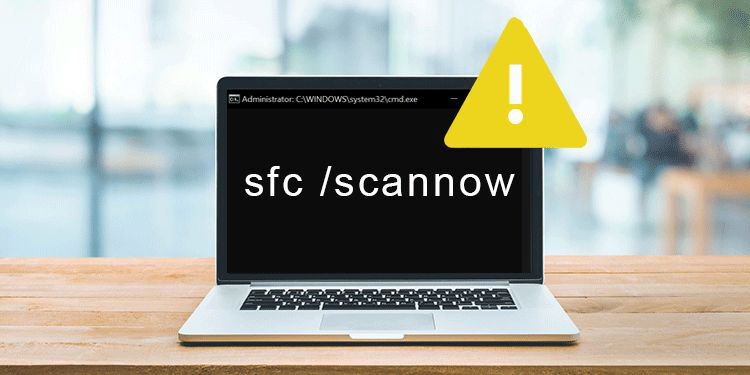A grave threat looms in the interconnected world of technology: ransomware. This malevolent force does more than just break digital defenses; it encrypts critical data and demands a payment for its release. We go into the heart of ransomware in this comprehensive guide, exposing its methods, access points, and dire ramifications. We empower you to remain up against this developing threat by deciphering the mystery of its different incarnations and bolstering your digital fortress with preventive measures. As we travel the complex web of ransomware, you’ll emerge armed with knowledge to protect your data, harden your defenses, and restore your digital domain if the worst happens.
What is Ransomware?
Ransomware is a type of malicious software (malware) that encrypts a victim’s files or locks them out of their computer system. In exchange for delivering the decryption key or enabling access to the affected data, the perpetrators behind ransomware demand a ransom, generally in cryptocurrency, from the victim. Ransomware attacks may be extremely damaging and disruptive, affecting individuals, businesses, and even essential infrastructure. These attacks frequently use software vulnerabilities, social engineering techniques, and malicious attachments to gain access to a system, and once deployed, they can render files unavailable and threaten to erase or leak them unless a ransom is paid. Ransomware has changed throughout time, with new strains and strategies appearing, making it a persistent and ever-changing menace in the cyber world.
Types of Ransomware:
Ransomware comes in various forms, each with distinct characteristics and methods of attack. Here are some examples of common ransomware:
1. Ransomware Encryption: This ransomware encrypts the victim’s data, making them unavailable until a ransom is paid. WannaCry and CryptoLocker are two examples.
2. Ransomware Locker: Locker ransomware, rather than encrypting files, locks the victim out of their computer or specific functionality, such as the desktop or web browser. WinLocker and police-themed ransomware are two examples.
3. **Fake Ransomware or Scareware:** Scareware displays a bogus warning or danger on the victim’s screen, leading them to believe their machine is infected. It requests money to remove the ostensible threat, despite the fact that no virus is present.
4. **Mobile Ransomware:** This ransomware strain attacks smartphones and tablets by infiltrating them through malicious apps. It might lock the device or encrypt files and demand payment to unlock them.
5. **Doxware (Leakware):** This ransomware not only encrypts files but also threatens to reveal sensitive data if the ransom is not paid. Its goal is to put victims under pressure by threatening them with public exposure.
6. **Ransomware-as-a-Service**: Cybercriminals create and distribute ransomware kits to other individuals or groups, allowing them to carry out attacks in exchange for a portion of the ransom payments.
7.**Maze Ransomware**: Maze ransomware operators collect important data before encrypting files, allowing them to threaten victims with data exposure.
8.**Spora Ransomware**: Known for its well-designed payment site and a wide range of payment choices, Spora also allows victims to decrypt two files for free to demonstrate their ability.
9.**LockCrypt Ransomware**: This ransomware version encrypts files and appends a “.lock” extension to them. It frequently spreads via Remote Desktop Protocol (RDP) flaws.
10.**Petya (NotPetya) Ransomware**: Petya, known for its quick propagation, encrypts the computer’s master boot record, rendering the entire system inoperable until the ransom is paid.
Infection Vectors:
Ransomware employs various infection vectors to infiltrate systems and devices. These techniques enable fraudsters to obtain access and distribute malicious payloads. Here are some of the most popular ransomware infection vectors:
1. **Phishing Emails:** Ransomware is propagated by fraudulent emails that contain harmful attachments or links.
2. **Malicious Websites:** Infection occurs when users visit compromised websites, which trigger drive-by downloads of ransomware.
3. **Malvertising:** Cybercriminals use malicious ads on legitimate platforms to redirect users to ransomware-infected sites.
4. **Exploit Kits:** Ransomware is distributed via software flaws that are exploited when users visit hacked websites.
5. **Remote Desktop Protocol (RDP) Attacks:** To deploy ransomware, attackers breach systems using weak RDP credentials.
6. **Malicious Attachments:** Ransomware is commonly disguised as corrupted Office documents or disguised executables and is stored within attachments.
7. **Drive-by Downloads:** When accessing infected websites, unsuspecting visitors unintentionally download malware.
8. **Social Engineering:** Ransomware is delivered by manipulative user behaviors, which are frequently disguised as legal software.
Recognizing Ransomware Attacks:
Recognizing ransomware assaults entails finding indications and symptoms that suggest your system is under attack. Here are some significant factors to keep an eye out for:
1. **strange File Extensions:** Files with strange extensions such as.crypt,.locky, or.zepto suggest the possibility of ransomware encryption.
2. **Ransom Notes:** Finding files named “README.txt” or “DECRYPT_INSTRUCTIONS.html” with payment instructions.
3. **File Names Have Changed** Random characters or a new extension may be appended to the original names of encrypted files.
4. **Inaccessible Files:** You are unable to open or access previously functional files.
5. **Slow System Performance:** A sudden decrease in the speed and responsiveness of your computer.
6. **Pop-up Messages:** Unexpected messages requesting money or claiming that your files are encrypted.
Dealing with an Attack:
To limit the impact of a ransomware attack and prevent future harm, a deliberate and cautious strategy is required. Here’s a step-by-step strategy to dealing with such a situation:
1. **Isolate the Infected System:** Disconnect the affected device from the network and any other devices that are connected to it to prevent the ransomware from spreading further.
2. **Never Pay the Ransom:** It is typically recommended that you do not pay the ransom because there is no guarantee that the attackers would deliver the decryption key or release your data. Payment also promotes illegal activity.
3. **Assess the Situation:** Determine the scope of the attack, the type of ransomware, and the files affected. This information is critical for recovery efforts.
4. **Identify the Ransomware:** Use online resources, such as ransomware detection tools, to discover the ransomware variant you are dealing with. This knowledge can help you decide how to respond.
5. **Report the Incident:** Report the incident to law enforcement and cybersecurity organizations. This aids in tracking down and maybe apprehending the assailants.
6. **Restore from Backup**: If you have secure and up-to-date backups, restore your system and files to a clean state using those backups. This removes the requirement to pay the ransom.
7. **Professional Assistance:** Seek assistance from cybersecurity specialists or a respected IT business with experience dealing with ransomware situations.
8. Keep careful records of the attack, including ransom letters, file extensions, and any interactions with the perpetrators.
Conclusion:
Ransomware attacks can be devastating, but with the proper knowledge and precautions, you can drastically lower your risk. You may navigate the threat landscape with confidence and limit the effect of possible ransomware attacks by remaining educated, implementing solid security measures, and maintaining secure backups














+ There are no comments
Add yours